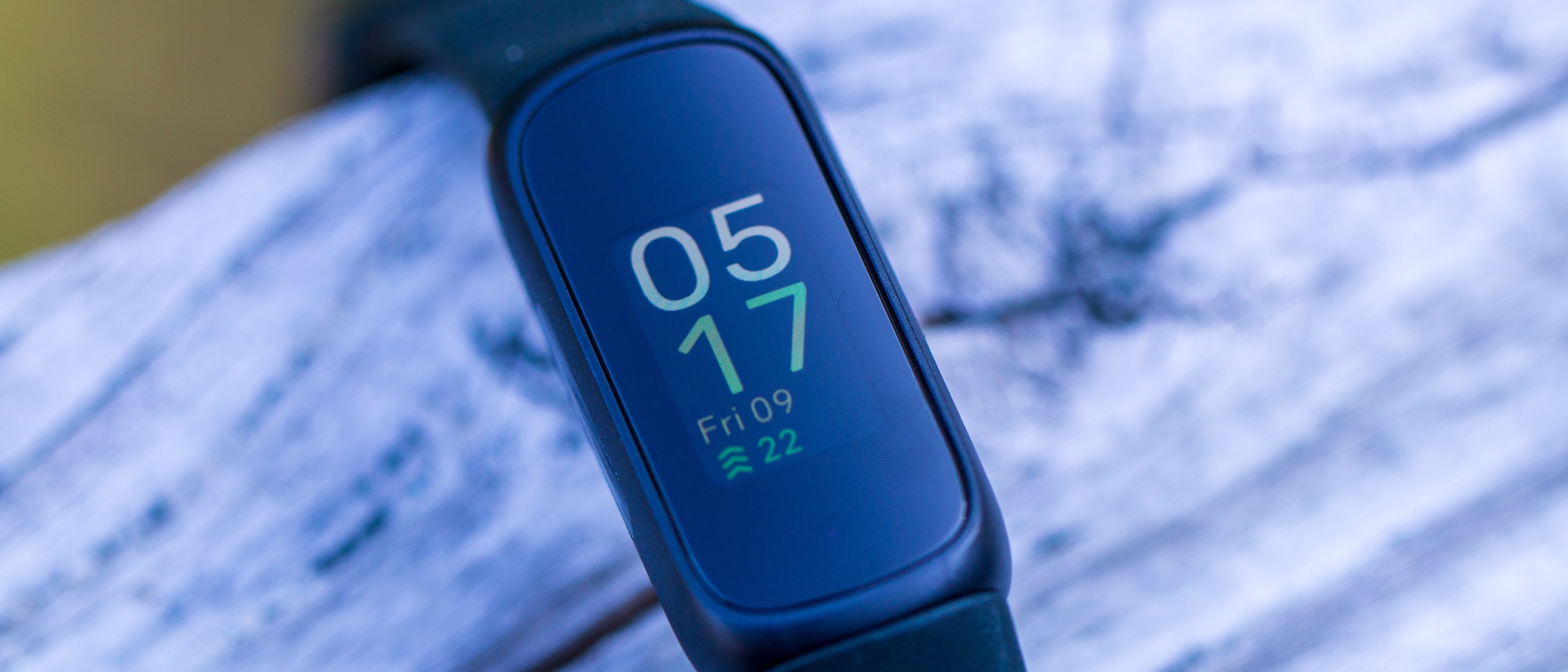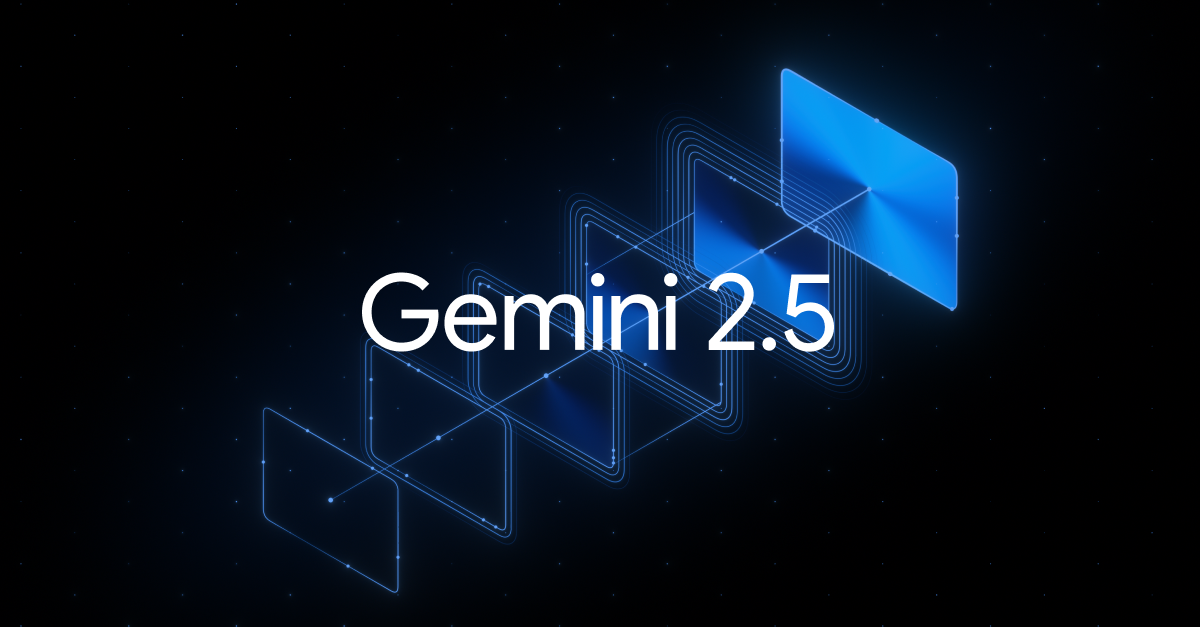Android Central Verdict
The Fitbit Inspire 3 might not be the flashiest wearable on the market, and that's the point. It's a lightweight and comfortable wearable that keeps track of your health and fitness without getting in the way.
Pros
- +
Extremely lightweight and comfortable
- +
Long-lasting battery life
- +
Color AMOLED display is a necessary and welcome upgrade
- +
Reliable health and fitness tracking
- +
6-months of Fitbit Premium included
Cons
- -
The proprietary charger is potentially frustrating
- -
The screen might be a bit too small for some
- -
Capacitive buttons aren't entirely reliable
Why you can trust Android Central
What happens when you go from reviewing and using two of the latest smartwatches to checking out a fitness tracker? Chaos, frustration, and nitpicks are much more amplified. That's precisely what happened after the Fitbit Inspire 3 landed on my doorstep.
Leading up to that, I had finished my review of the Galaxy Watch 5 and had been using the Galaxy Watch 5 Pro for about a week and a half. Going from a screen on your wrist that's big enough to play games on, to another that feels as though Apple's Dynamic Island got flipped vertically is definitely jarring, to say the least.
With that out of the way, let's dive in deeper to see what the Fitbit Inspire 3 has to offer and whether it deserves to make the list of best fitness trackers.
Fitbit Inspire 3: Price and availability
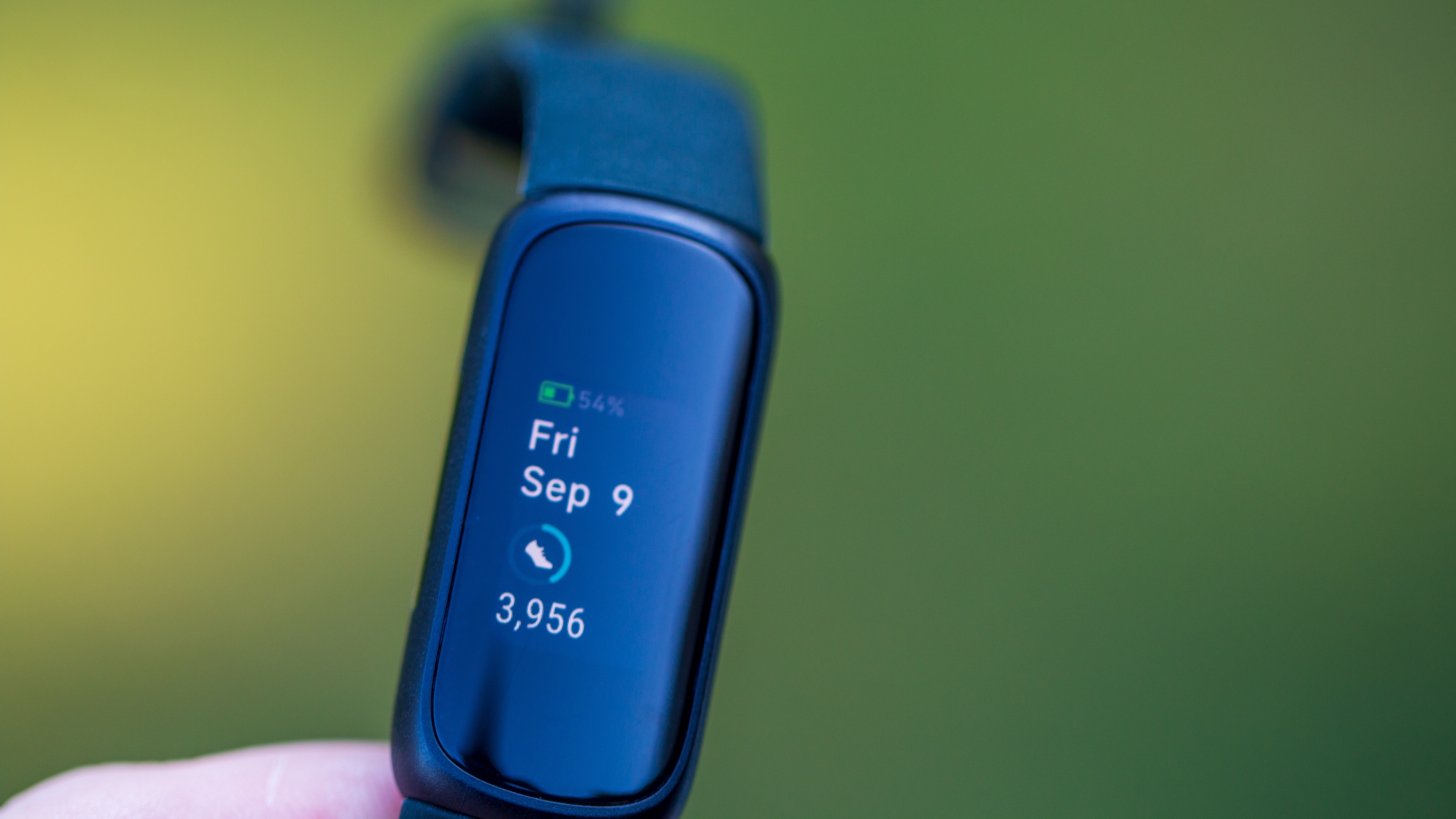
The Fitbit Inspire 3 was announced on August 24 alongside the Sense 2 and Versa 4. With this iteration, the Inspire 3 now sports a color AMOLED display, along with the same great battery life and plenty of health tracking features. Pricing for the Inspire 3 comes in at $99, while including a six-month free trial of Fitbit Premium. It's now available from most of your favorite retailers, along with being available from Fitbit directly.
Fitbit Inspire 3: What you'll like
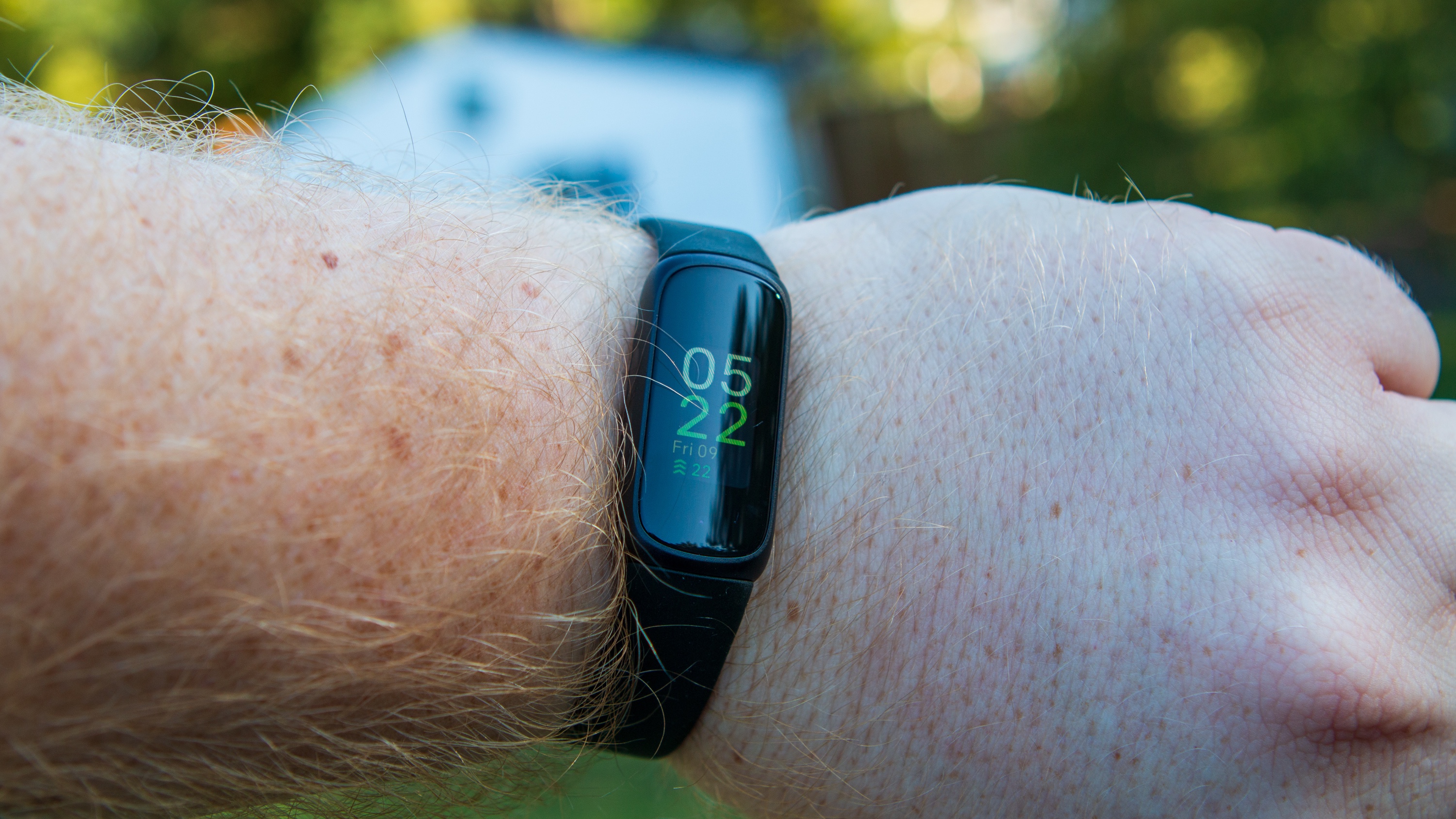
As time progressed, I was reminded of the reason why the Inspire 3 exists and why it remains one of Fitbit's most popular wearables. It's not designed for those who want to see every notification that comes through. You're not meant to try and play games on it.
Instead, the main goal is to keep track of the health and fitness metrics that matter the most, while telling you the time. I would even go so far as to argue that you should probably just turn off notifications entirely, with the exception of maybe your alarms.
Every notification that arrives on the Inspire 3's 0.76-inch display is truncated in some form or fashion. With longer messages, it'll just keep scrolling and scrolling until the screen turns itself off.
Something else that I didn't expect was to see an AMOLED display with color. As it turns out, Fitbit had an excellent reason for going this route as opposed to what Garmin did with its Vivosmart 5's monochrome screen. And that's the Always-On Display, which is turned off by default but can be enabled right from the Fitbit app on your phone.

It's brighter than you might expect, and even with the minuscule content scrolling past your eyes, it's as crisp as possible. This is a massive change from the Inspire 2 which uses a monochrome display that might cause some frustration when you're trying to look at it out in the sun.
Some of the niceties provided by the Inspire 3, in addition to the AOD, come down to the battery life, and the sheer number of health tracking sensors packed into a tiny body. Not only does the Inspire 3 offer a 5ATM swimproof rating, but there's so much more to the story than that.
For one, I've been using the Inspire 3 for over a week now, and it's still rocking more than 50% battery life. With the AOD turned off, I wouldn't be surprised to see the battery drop down much more quickly if it was enabled.
And for right around $100, you'll get a wearable that can track your stress, heart rate, SpO2, sleep, and pretty much everything you would want, minus something like your body temperature. It continues to blow my mind that something this small can provide so much accurate and in-depth information.
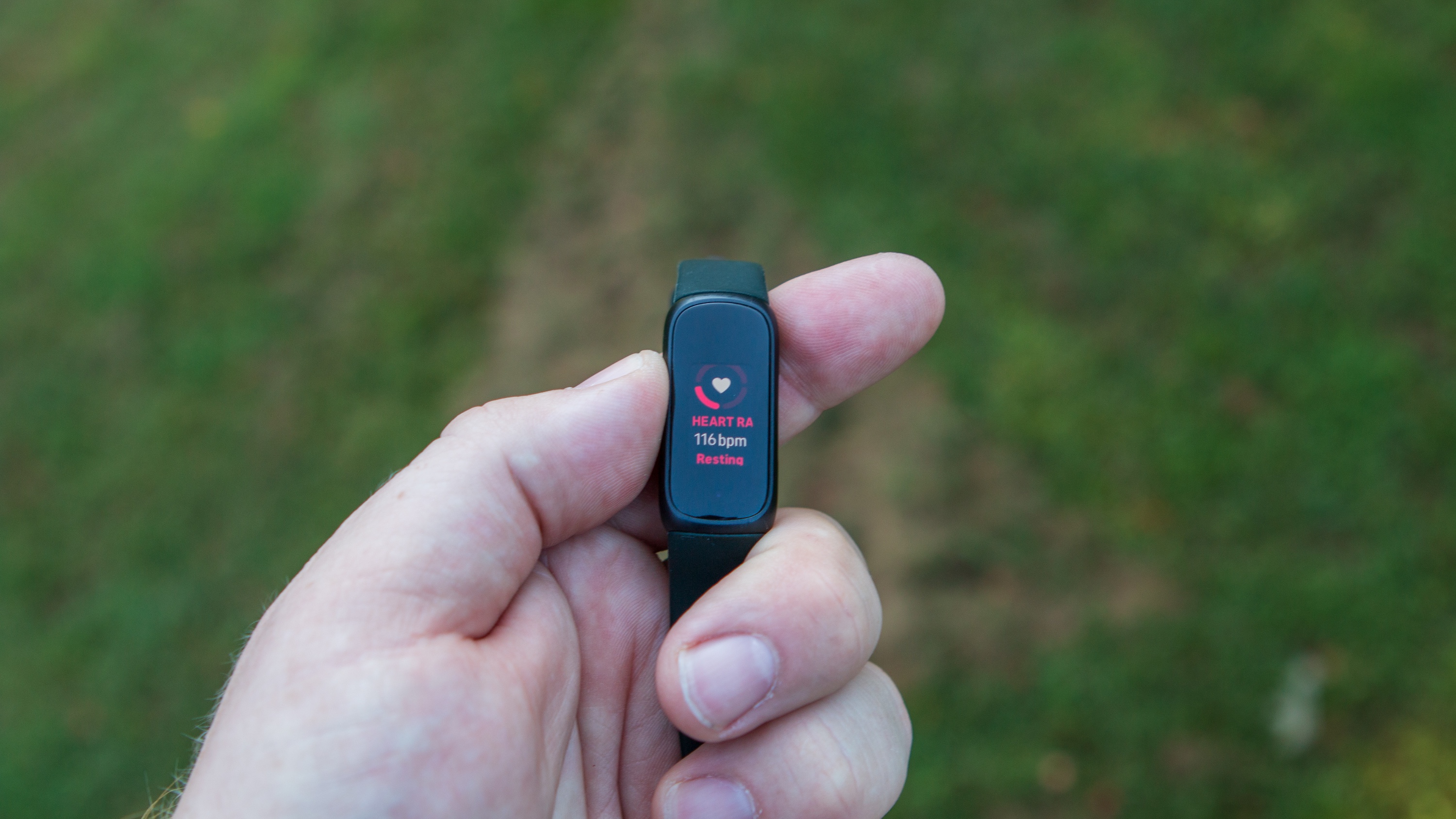
I wasn't exactly sure what section to put this in, as it didn't warrant a standalone section of its own. But Fitbit Premium is something else that you'll need to be aware if you want to take full advantage. On the downside, this is another subscription that you might find yourself wanting, as there are various features locked behind the paywall.
Thankfully, Fitbit includes a six-month free trial of Premium, which is plenty of time to make any type of firm decision one way or another. And after that free trial has expired, it's $9.99 per month, or you can save 30%, pay $80 and sign up for an annual Premium subscription.
I've mentioned the size of the Inspire 3 more than a few times already, but there's one last thing (at least here) that I want to gush about. For the first time in a long time, I regularly forget that the Inspire 3 is even on my wrist. It really just feels like a snug and comfortable bracelet, and only when a notification comes through am I reminded that I actually am wearing something on my wrist.
Fitbit Inspire 3: What you won't
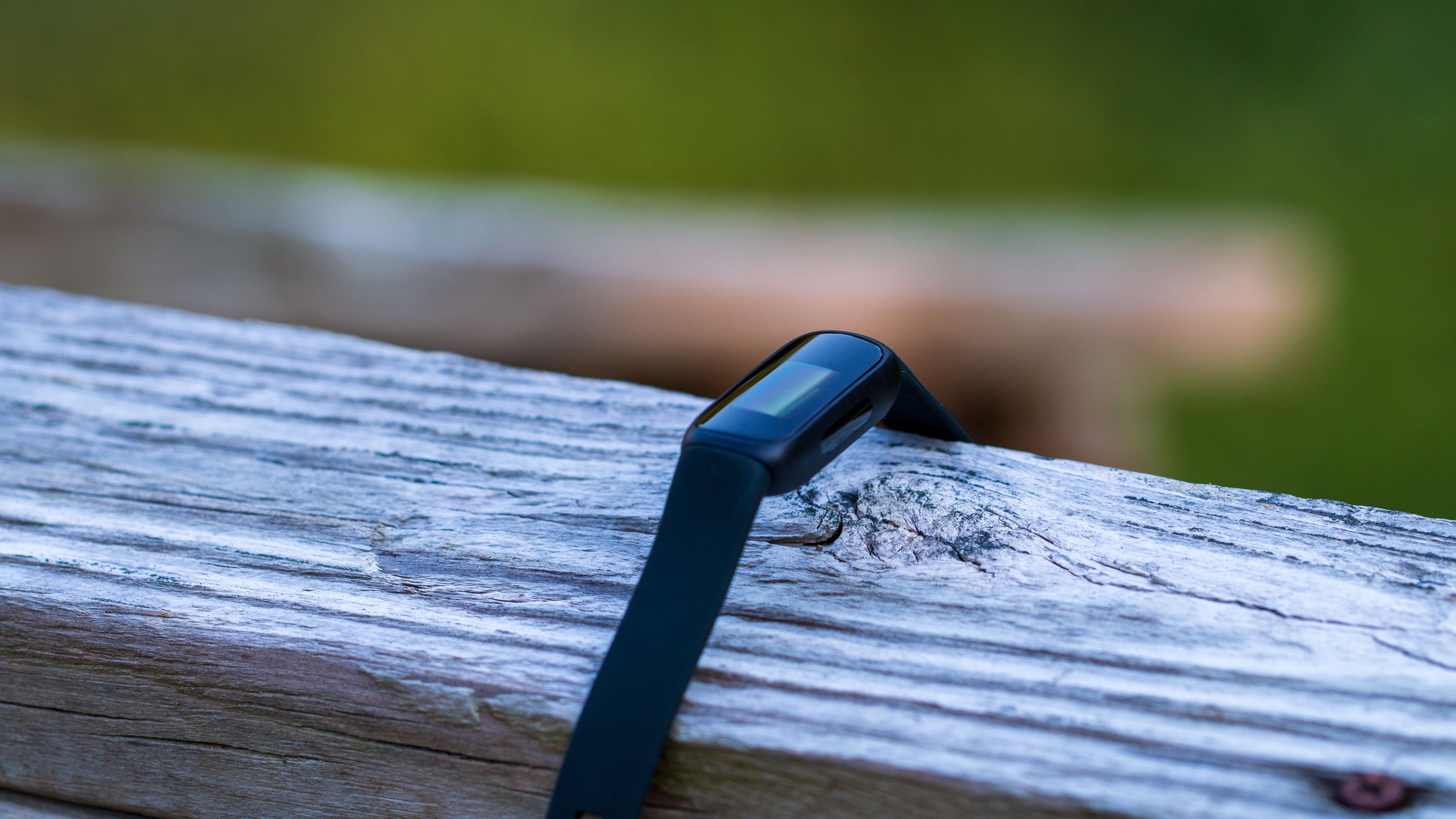
I must admit, when I first started using the Inspire 3, I couldn't WAIT to go back to my Galaxy Watch 5 Pro. And while I've softened my stance, there are still a few potential frustrations to be aware of.
For one reason or another, Fitbit continues to insist on using proprietary chargers for its wearables. Fitbit's not the only company doing so, as Garmin and others are still doing the same thing. But it's still worth pointing out because in the time between charging it for the first time and having it run out of juice, you very well could find yourself misplacing the charger.
It already happened to me, and if it weren't for my wife's incredible ability to find things I can't, I still wouldn't know where it was. I was already getting ready to try and find a replacement charger, just because I plan on continuing to use the Inspire 3 once other wearable reviews are done.
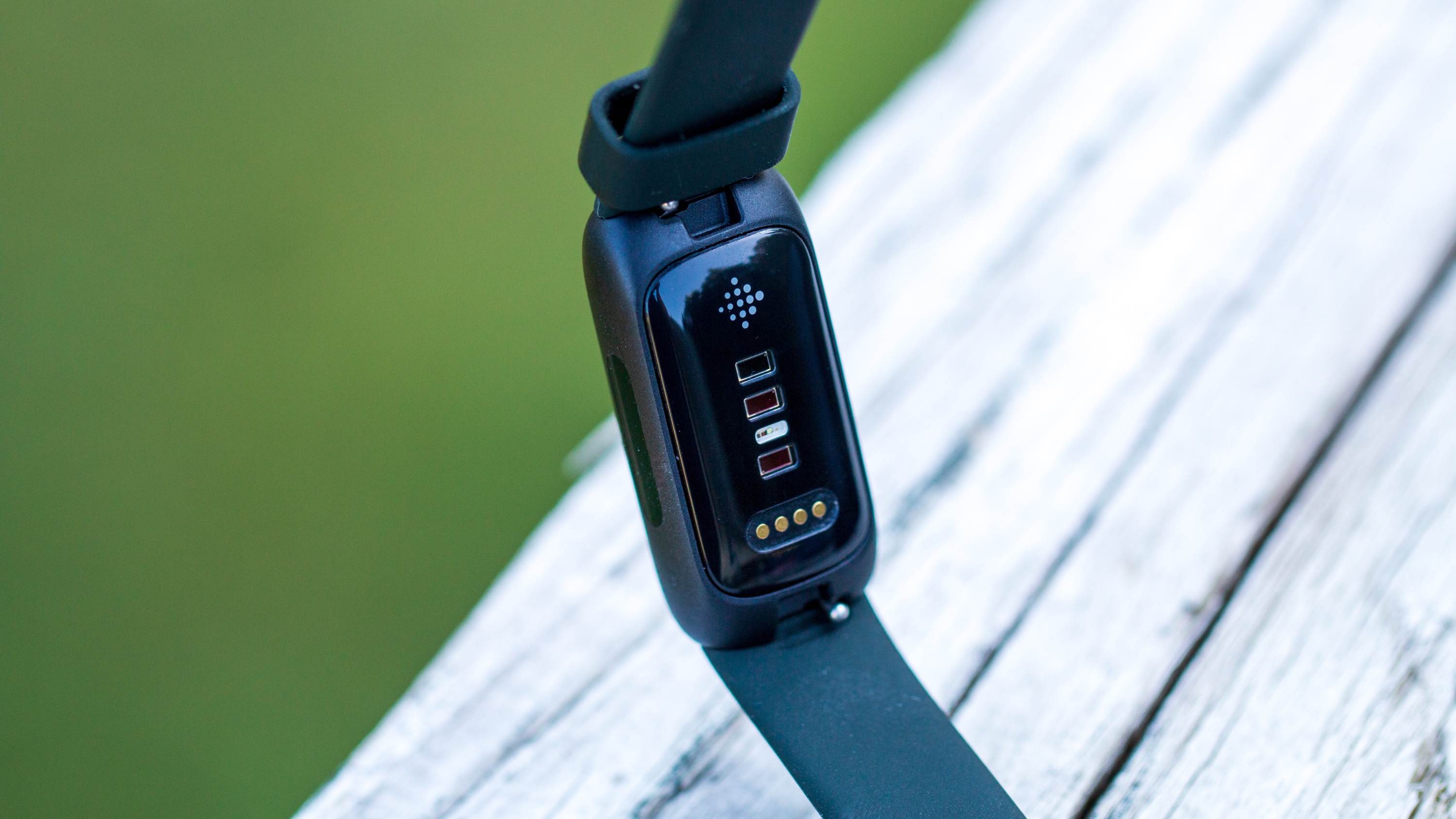
If you're upgrading from something like the Inspire 2 to the Inspire or side-grading from the Fitbit Luxe to the Inspire 3, you won't have an issue with the screen. But if you're coming from pretty much any other wearable, be prepared to strain your eyes a bit. Or at the very least, give your arm a workout by lifting your wrist closer and closer to your eyes.
It's fine at a glance to see the time, but I've given up on reading notifications. In fact, I've already gone so far as to tailor the apps that are allowed to send notifications to my wrist to a bare minimum. The apps that made it through the cut-down list only buzz my wrist so I can know that a Slack message came through or that I have a text that I need to reply to.
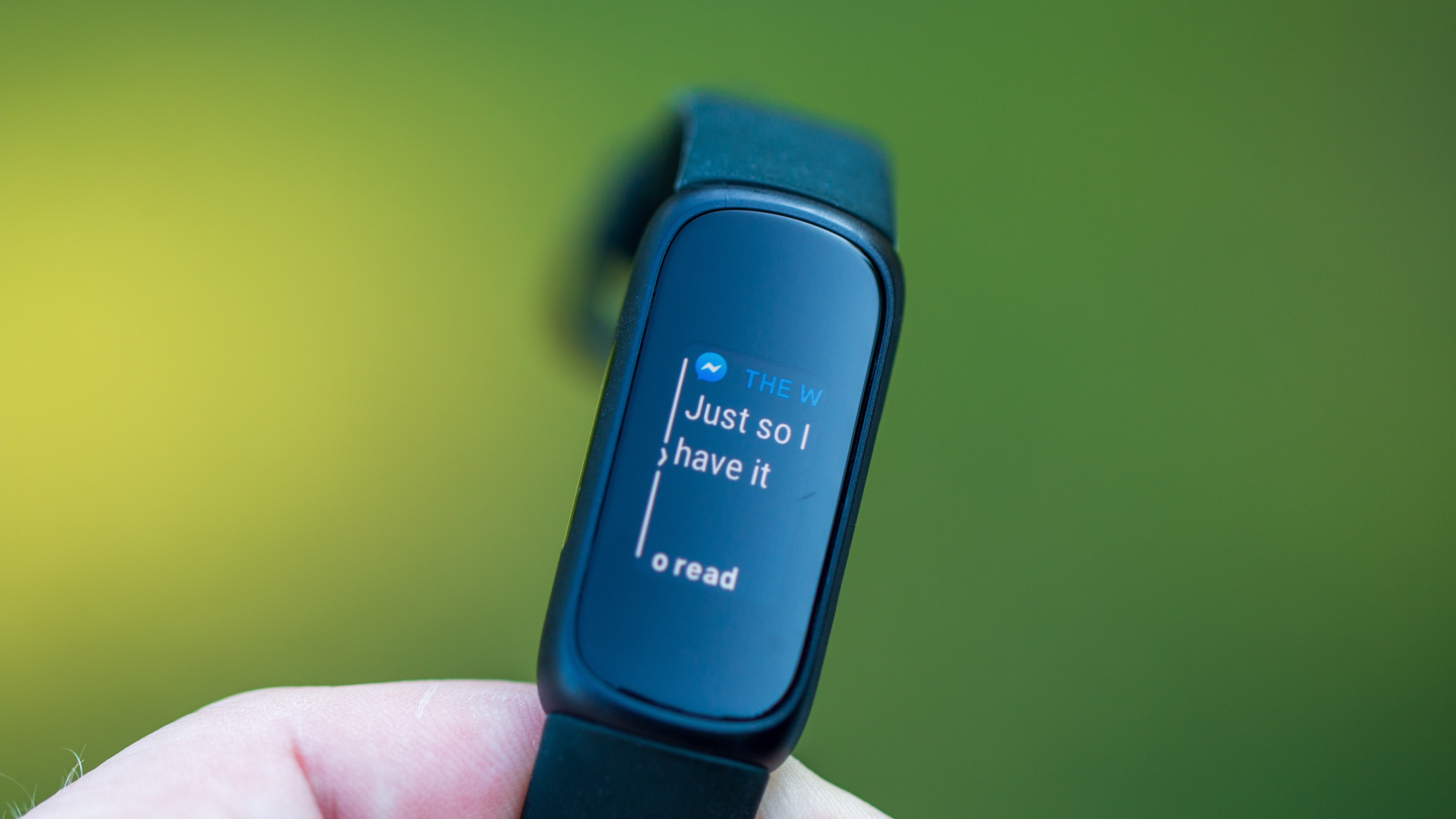
As I was writing this review, I took a break to go and fold some laundry. I got a notification from the Fitbit app telling me that I had just completed a workout. "Cool," I thought, as it just recognized that I was moving around and it picked that up, just like it does when you've been walking for X number of minutes.
To my surprise, that wasn't actually the case, as the Inspire 3 thought that I was swimming for 20 minutes when I was actually just folding laundry. Maybe I need to change the way I fold clothes, and this isn't really a detractor from the experience, but it's just something that you might want to keep in mind if your Fitbit tries to register folding laundry as a swim session, or something else.
It might be time for Fitbit to give up the capacitive buttons in favor of physical ones.
Lastly, I wish Fitbit would give up on its plans to use these capacitive "buttons." They are almost as unreliable and frustrating as trying to spin the wheel of digital bezels on the Galaxy Watch 5 and Watch 5 Pro. Sometimes, they work just fine, but most of the time, I just give up and wait until my screen turns off before trying to access the interface again.
Fitbit Inspire 3: The competition
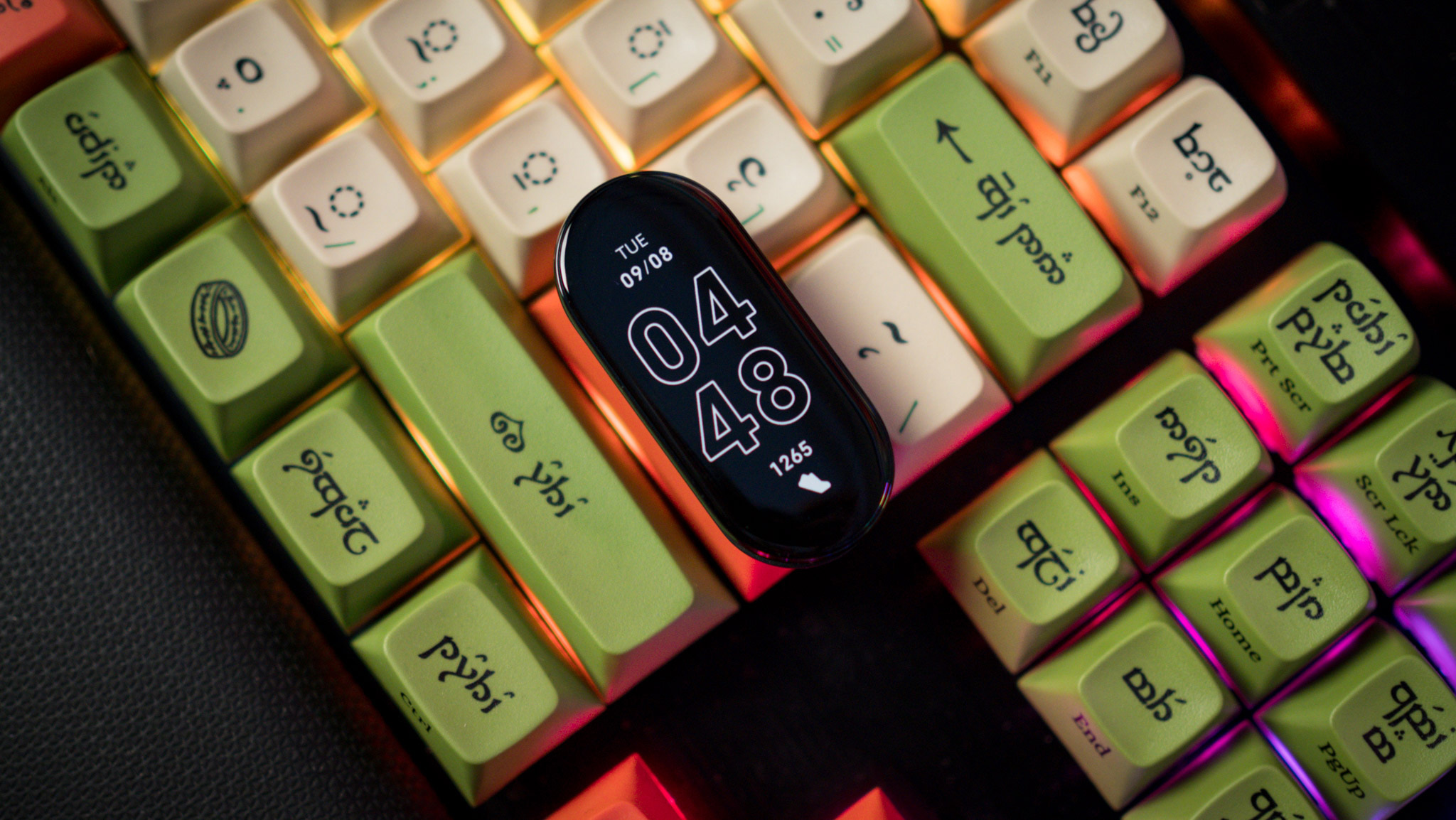
At the $100 price point, there's really not too much competition for the Inspire 3. That's not to say that it stands alone, as Garmin's Vivosmart 5 is a very capable fitness tracker, and remains one of my favorites. But as you would expect, the Vivosmart is $50 more expensive, when it's not on sale, and you'll have to sacrifice the colorful AMOLED panel in lieu of a boring, monochrome, one.
The competition really heats up when you start looking at the sub-$100 fitness tracker market, with offerings such as the Xiaomi Mi Band 7. You can't act on any incoming notifications, but the AMOLED display is larger while being just as bright and vibrant as you would expect. Plus, Xiaomi packs a powerful punch in the way of health monitoring, while offering up to 14 days of battery with AOD turned off.
Then there's Amazfit, with its 18-day battery life, another AMOLED display that's also larger, and 120 built-in sports modes. For half the price, Amazfit is also including an Always-On Display, complete with more than 50 different customizable watch faces. Of course, the downside to either Xiaomi or Amazfit is the lack of social integration that Fitbit offers. But if you don't care about that, you definitely have a few options to choose from.
Fitbit Inspire 3: Should you buy it?
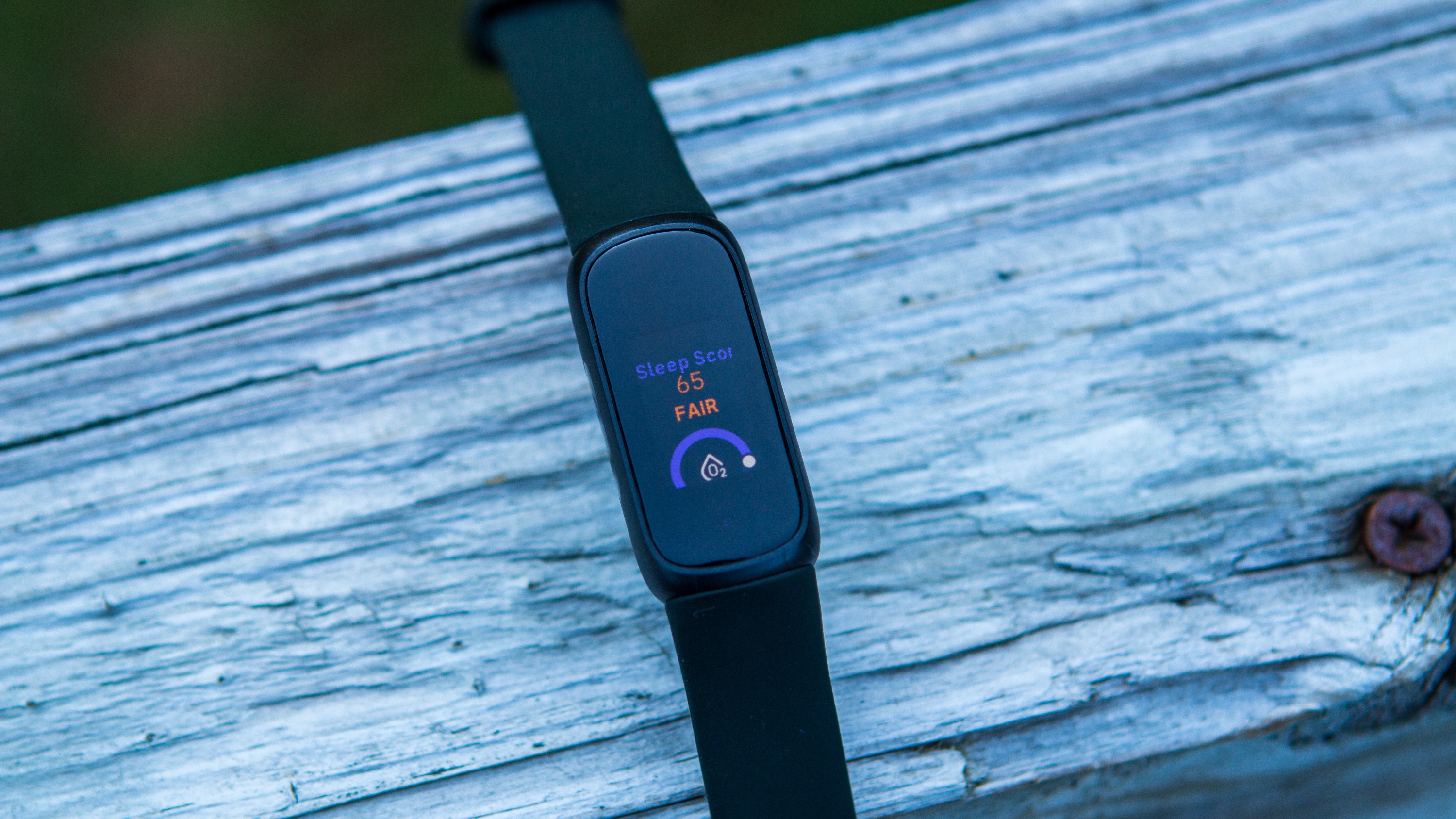
You should buy this if...
- You want a thin and lightweight fitness tracker.
- You're upgrading from an older Inspire.
- You want to track your SpO2 levels along with all of your other health metrics.
You shouldn't buy this if...
- You don't want a tiny screen on your wrist.
- You want a fitness tracker that offers the most bang for the buck.
- You don't want to worry about another subscription in the near future.
It's been quite a roller coaster for me in the time that I've been using the Inspire 3. I went from wanting to throw it in a drawer immediately to enjoy the change of pace offered by a screen that doesn't fully show all of my notifications. I was also thoroughly impressed with the sheer number of health and fitness tracking sensors that are packed into a wearable this small.
While it might look comical on the wrist of someone as big as I am, it's really not all that bad. I wish Fitbit Premium would become a thing of the past, and I also wish that Fitbit would integrate hardware buttons instead of capacitive ones. But those are personal gripes and your mileage may vary.
If you want one of the more impressive trackers that Fitbit has released over the past few years, you won't be disappointed by the Inspire 3. Keep an eye on when your free trial for Premium comes to a close so you can decide whether you should start paying for it.
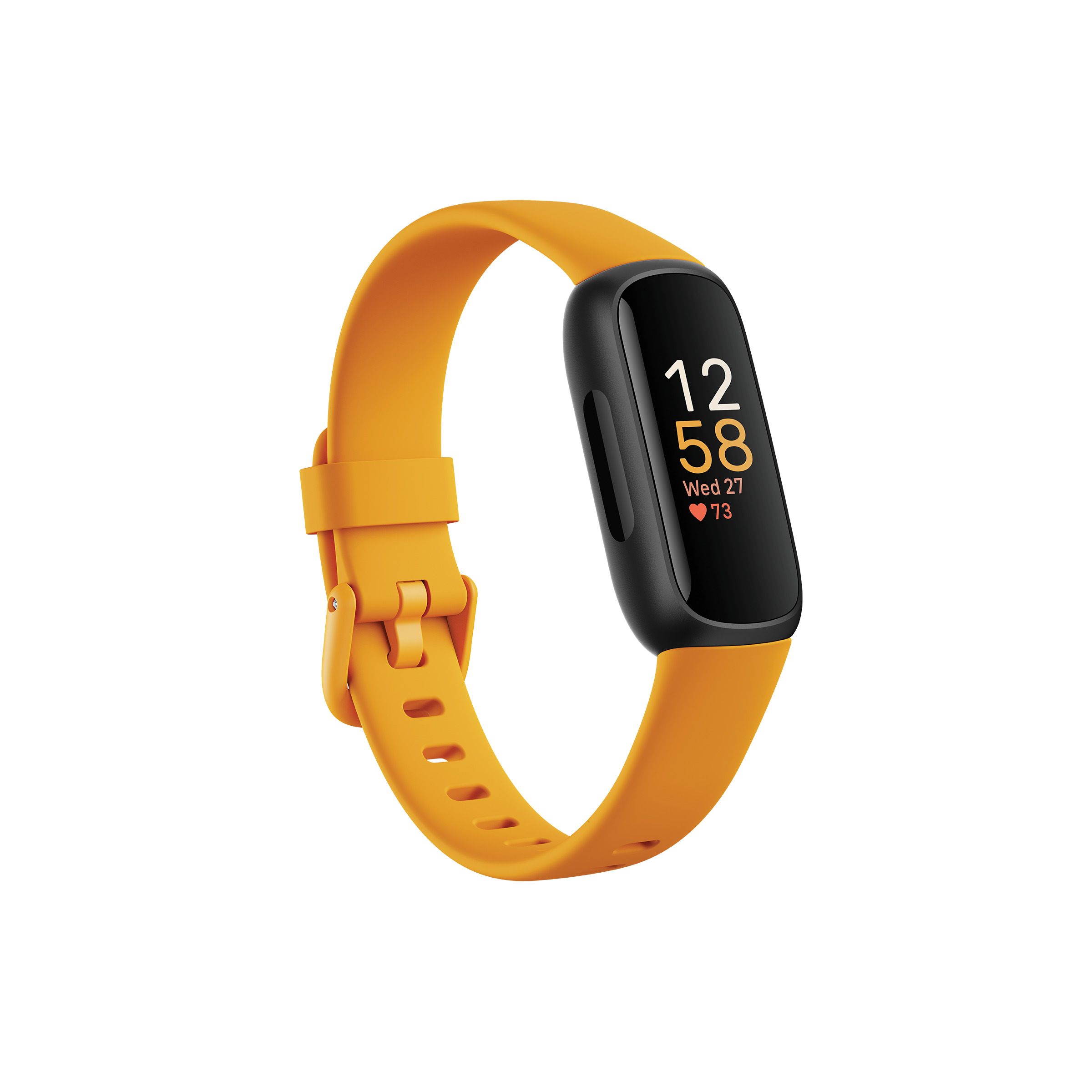
Lightweight and comfortable
Take all of the best features of the Inspire 2, add a color AMOLED display, and you'll end up with the Inspire 3. It might seem like an iterative update, but Fitbit didn't need to try and reinvent the wheel here.

Andrew Myrick is a Senior Editor at Android Central. He enjoys everything to do with technology, including tablets, smartphones, and everything in between. Perhaps his favorite past-time is collecting different headphones, even if they all end up in the same drawer.
